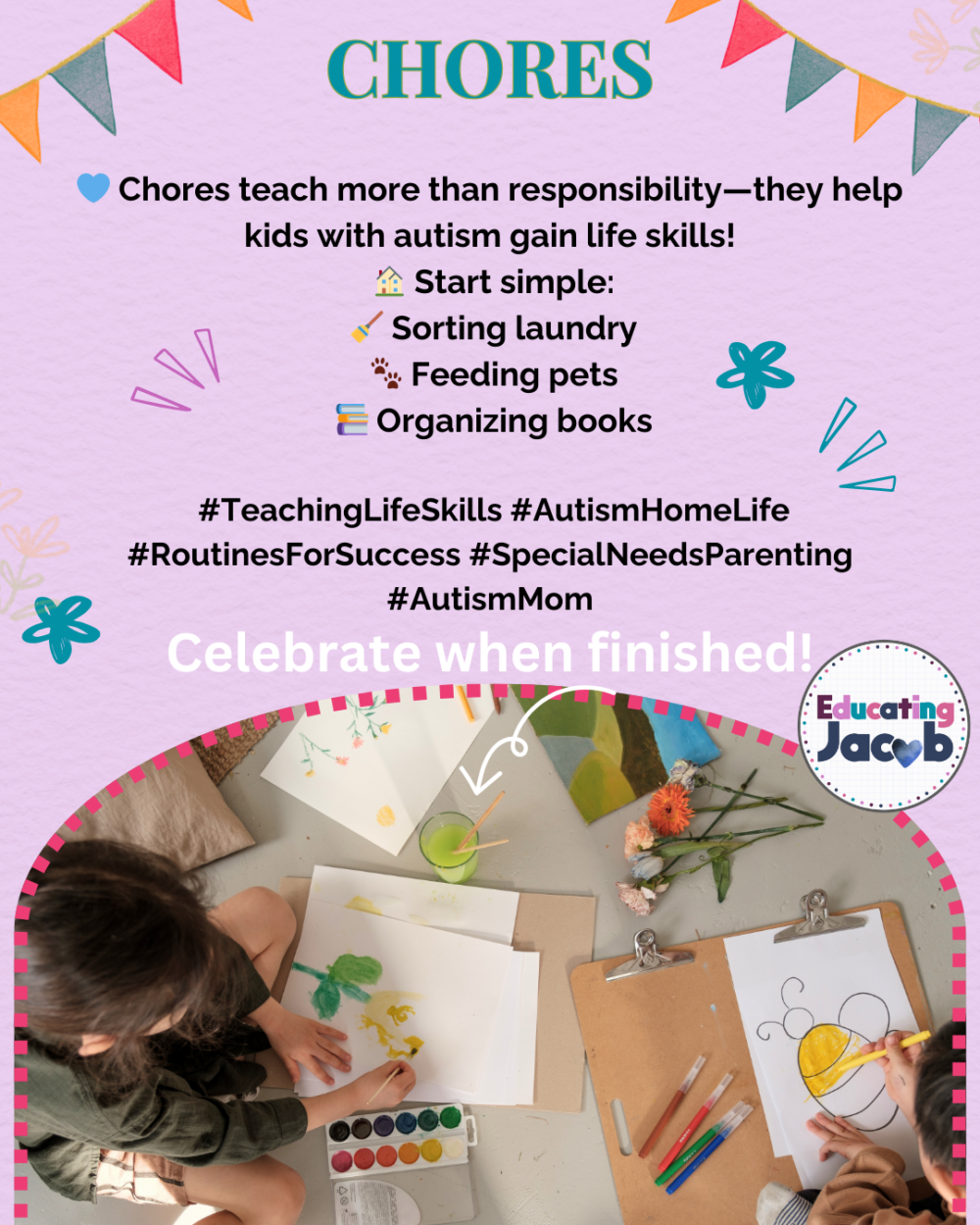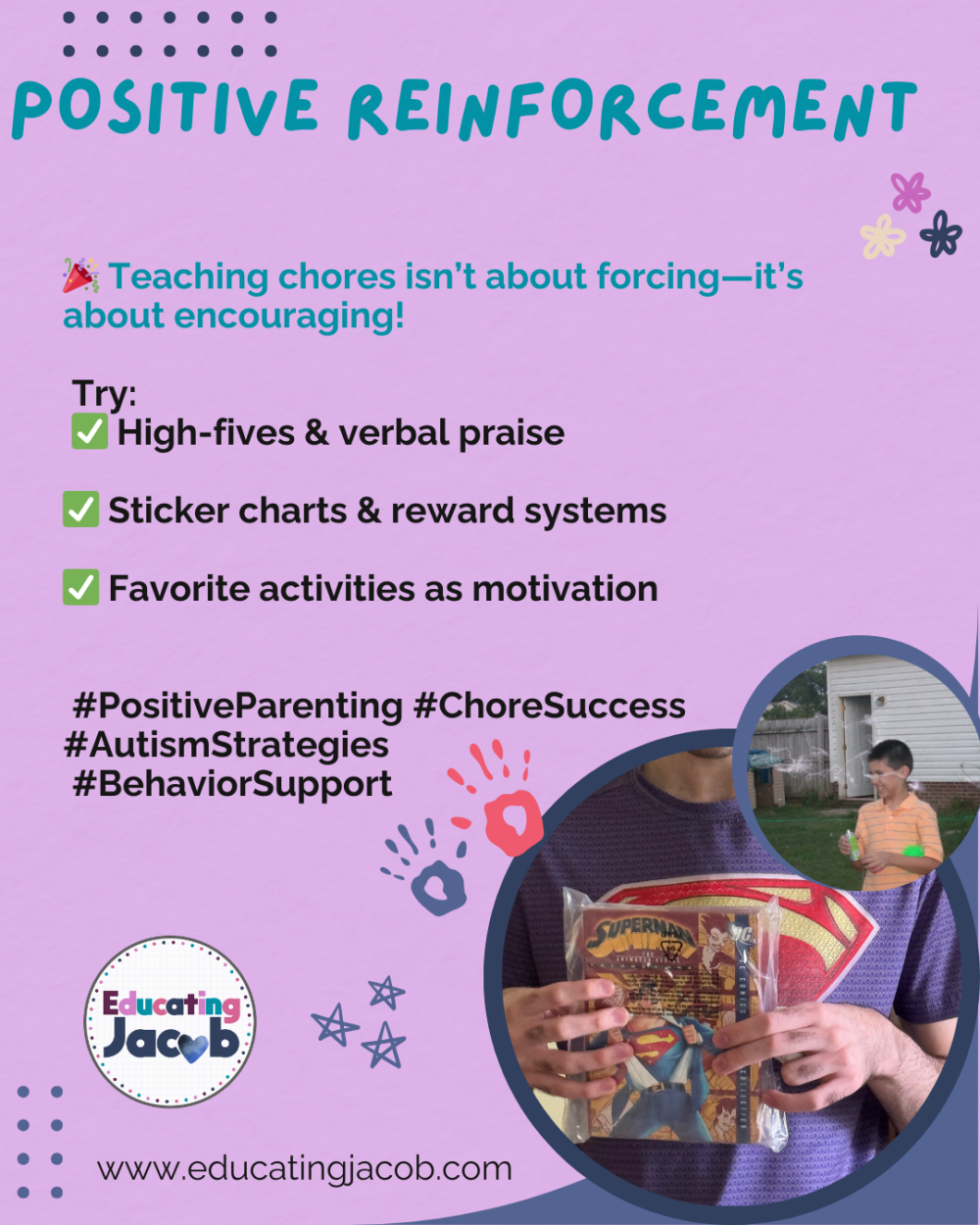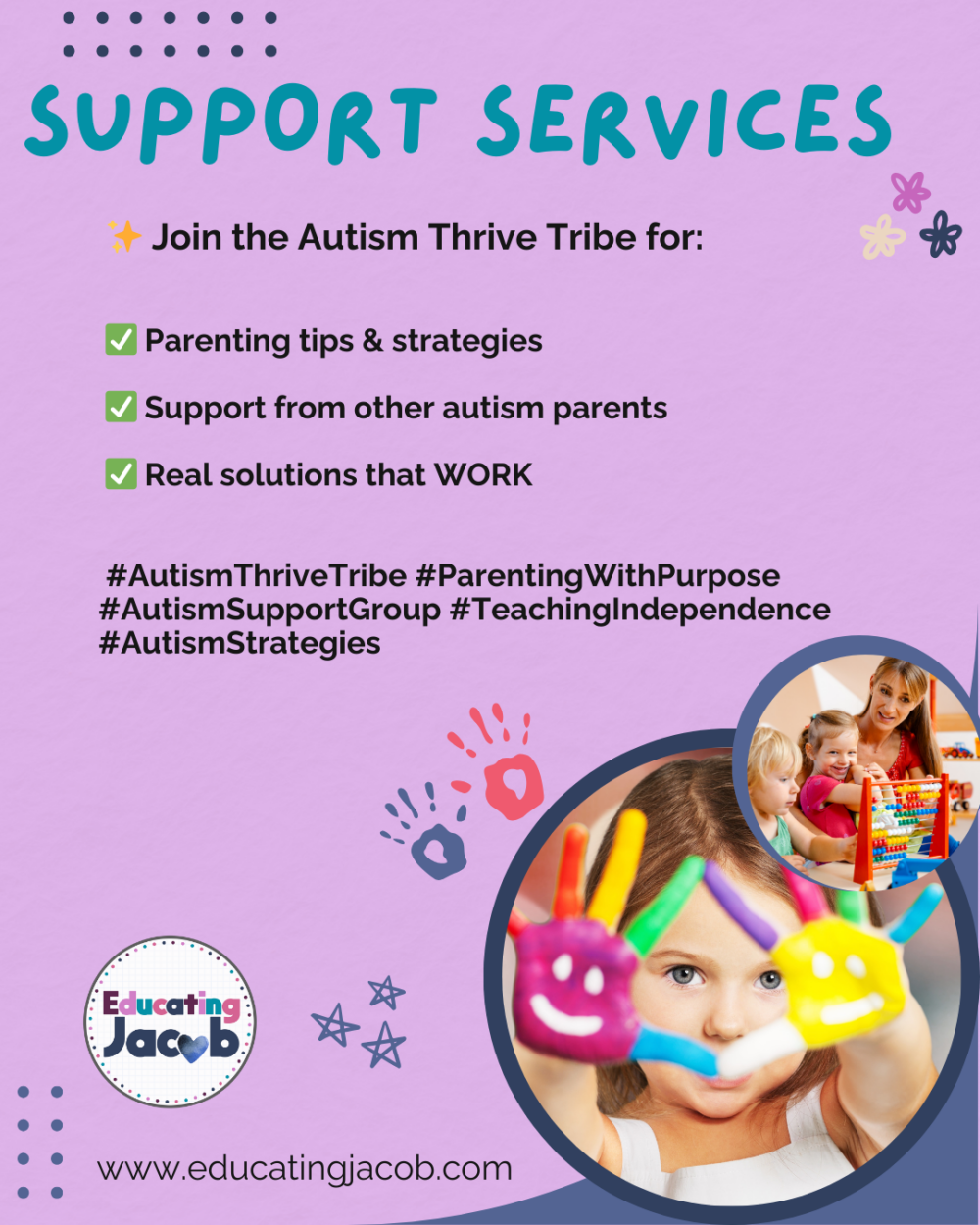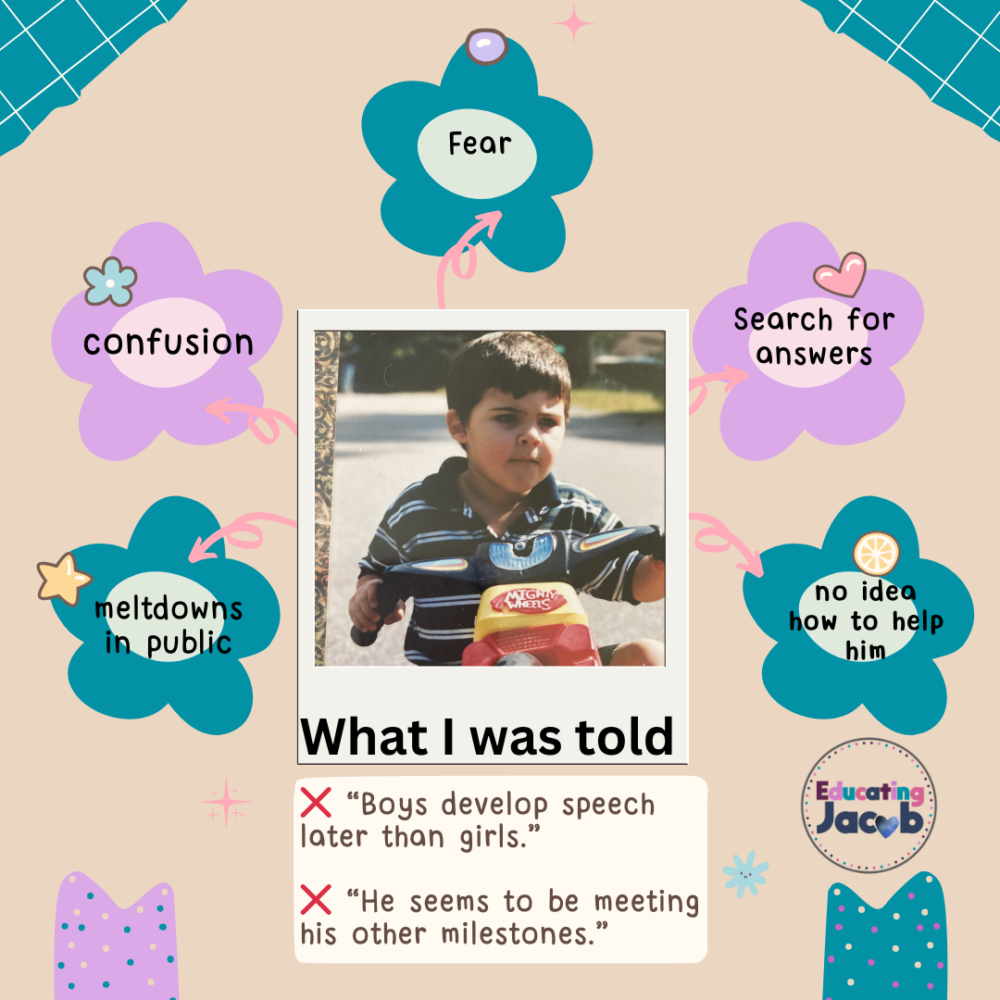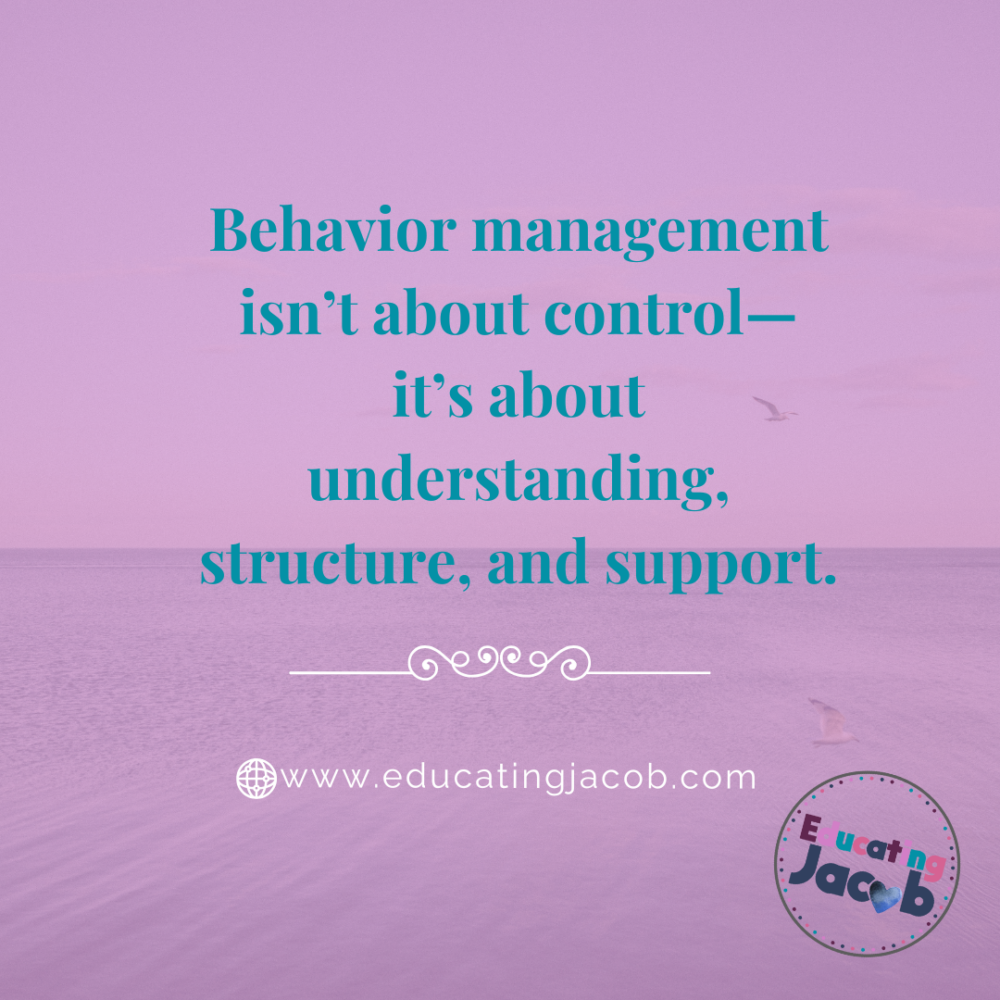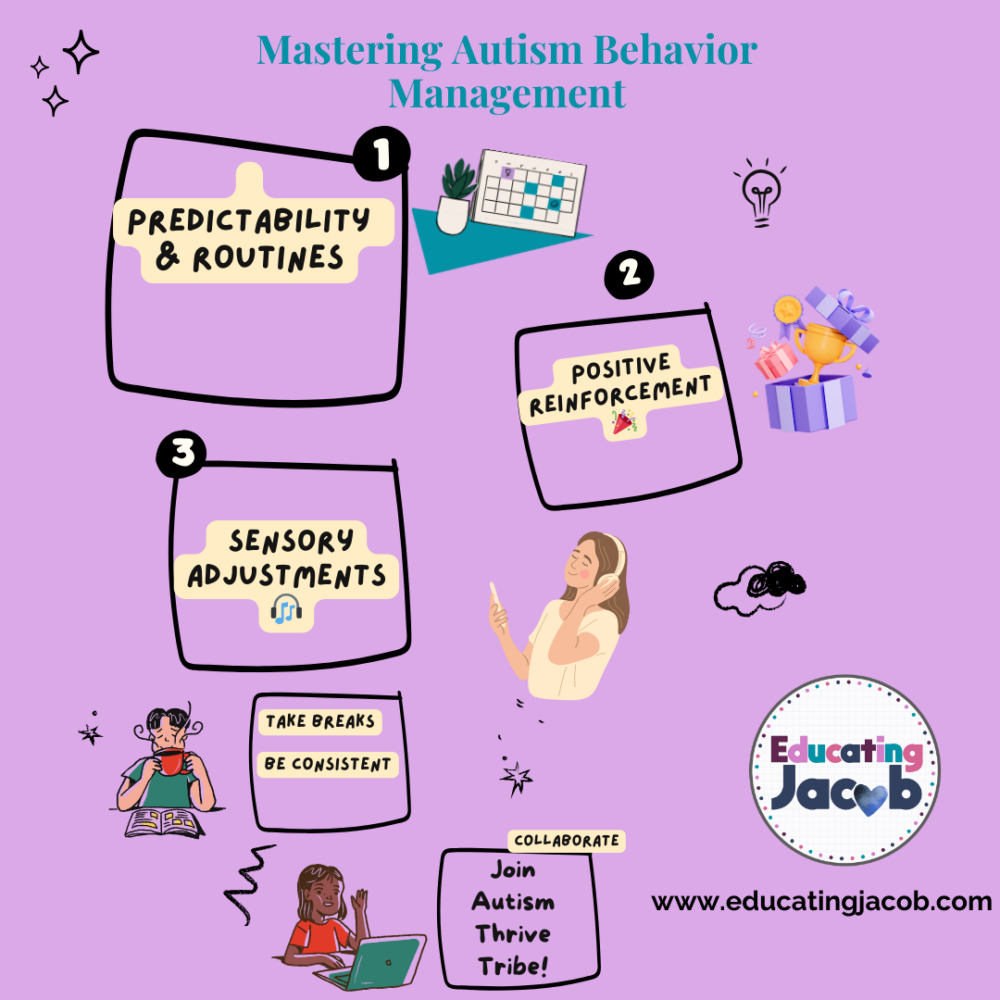Beyond the Chaos: Scheduling 101 Class for Special Needs Children
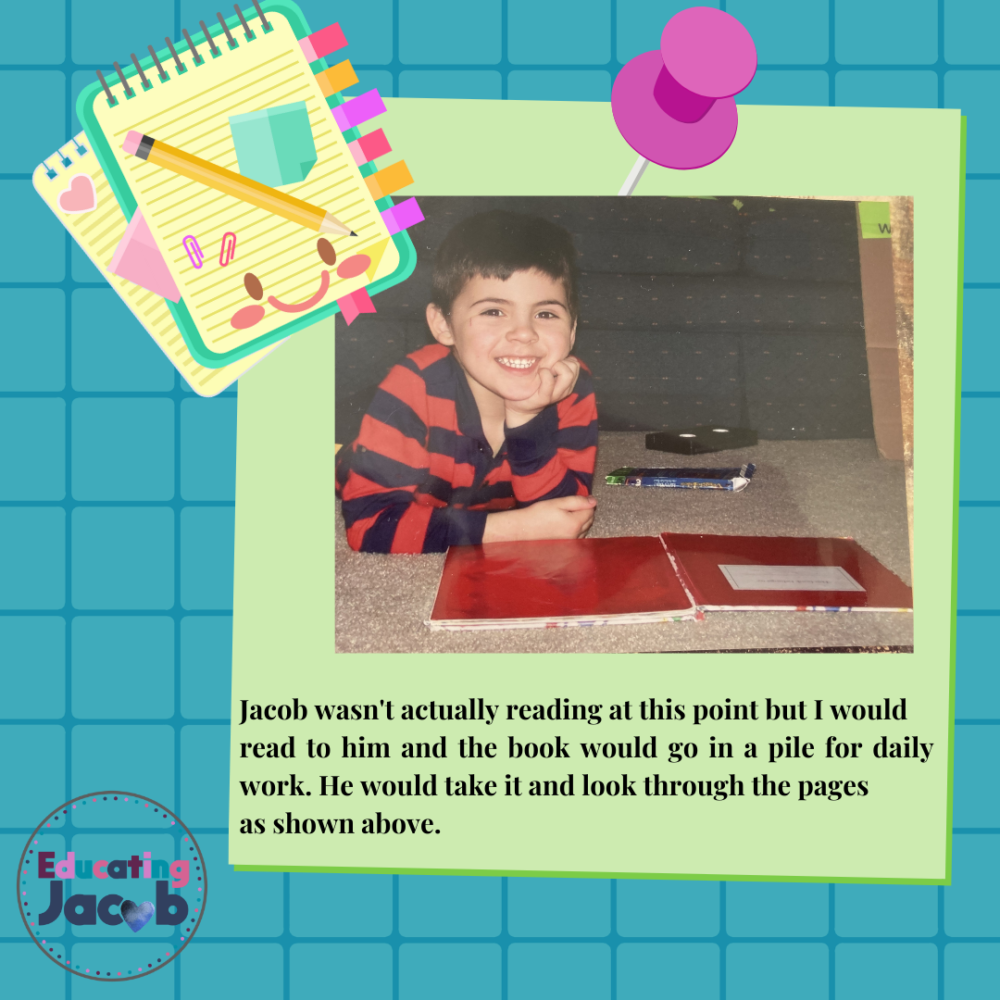
Special Needs Scheduling Strategies:
🎢 Hold on Tight: The Rollercoaster Begins 🎢
My son Jacob, bless his heart, decides it’s time for an emotional rollercoaster ride, and I’m just here, trying not to fall off the emotional ride myself! 🚀
Our home, thanks to Jacob’s autism, sometimes resembles a tornado zone. Remember that joke about the first child being an angel, and then the second child coming along to prove that theory wrong? Well, autism walked into our lives and said, “Hold my juice box!” 🌀 🤪 We needed to ditch the chaos, and learn special needs scheduling strategies! And we did, read on for some helpful strategies.
💡 Need help regaining your calm? Check out this previous post: 5 Ways to Regain My Calm
The Colossal Challenges of Autism Parenting 🏗️
These challenges are colossal—like trying to fit a giraffe into a Mini Cooper! 🦒 We face sensory challenges, communication barriers, meltdowns, and endless paperwork with doctors, therapists, and insurance companies. Here is a blog post that might help: 4 Things I Wish I Would Have Known After Getting the Autism Diagnosis
Tame the Chaos: Battling Behaviors 🏊
Some days, it feels like playing a never-ending game of whack-a-mole—except the moles are challenging behaviors, and the mallet is a pool noodle. And the worst part? The ticket to this game is exhaustion and anxiety. 🎟️ 😩 Planning ahead and visual schedules will help you win this game!
Special Needs Scheduling Strategies:CALM 📅
Thankfully, my superhero family and CALM strategies have saved me from perpetual pool noodle battles. The CALM Framework has helped us regain peace:
✔ C: Consistent Action Forward 🚀 ✔ A: Always Celebrate Wins 🎉 ✔ L: Learning to Create Schedules 📅 ✔ M: Mindset Shift 🧠
💡 What I needed was the right mindset. I had to understand that scheduling wasn’t just for Jacob—it was for our whole family. It gave us predictability, peace, and progress. Stop Morning Chaos: How to start using Visual Schedule for Autism and CALM
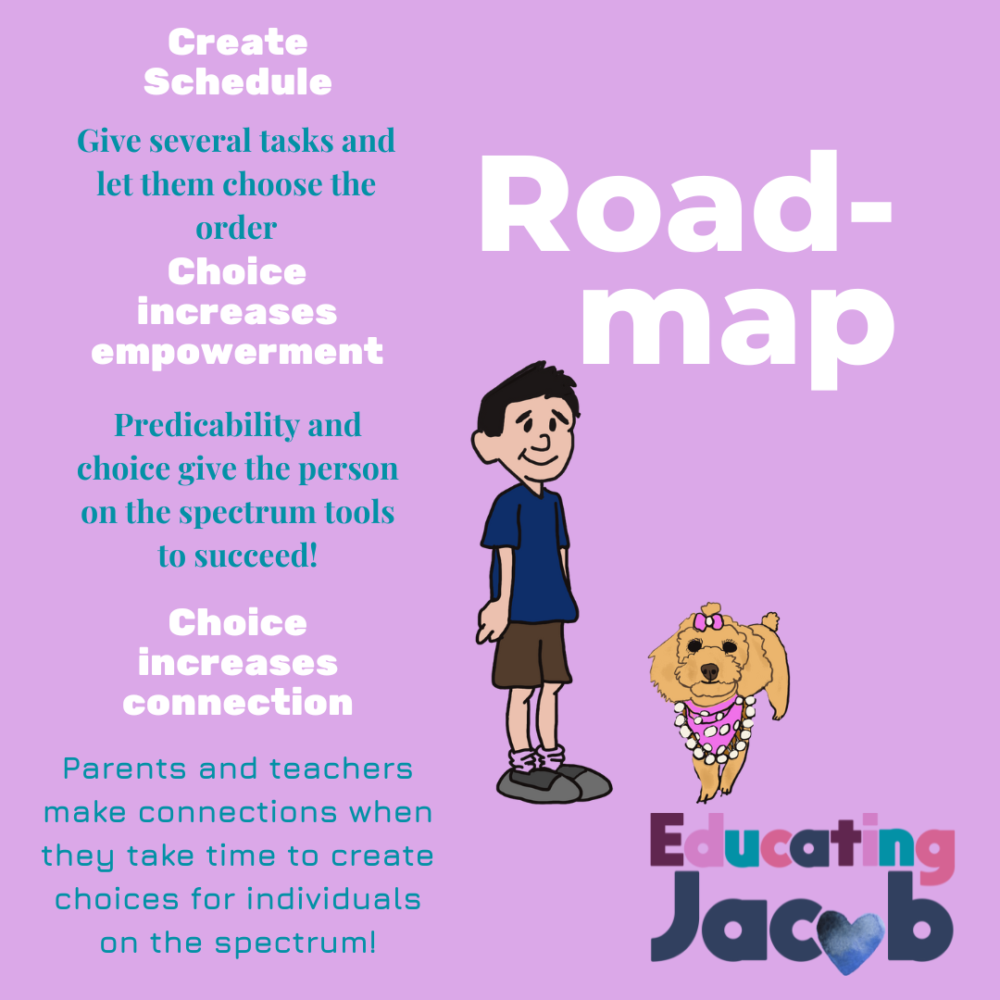
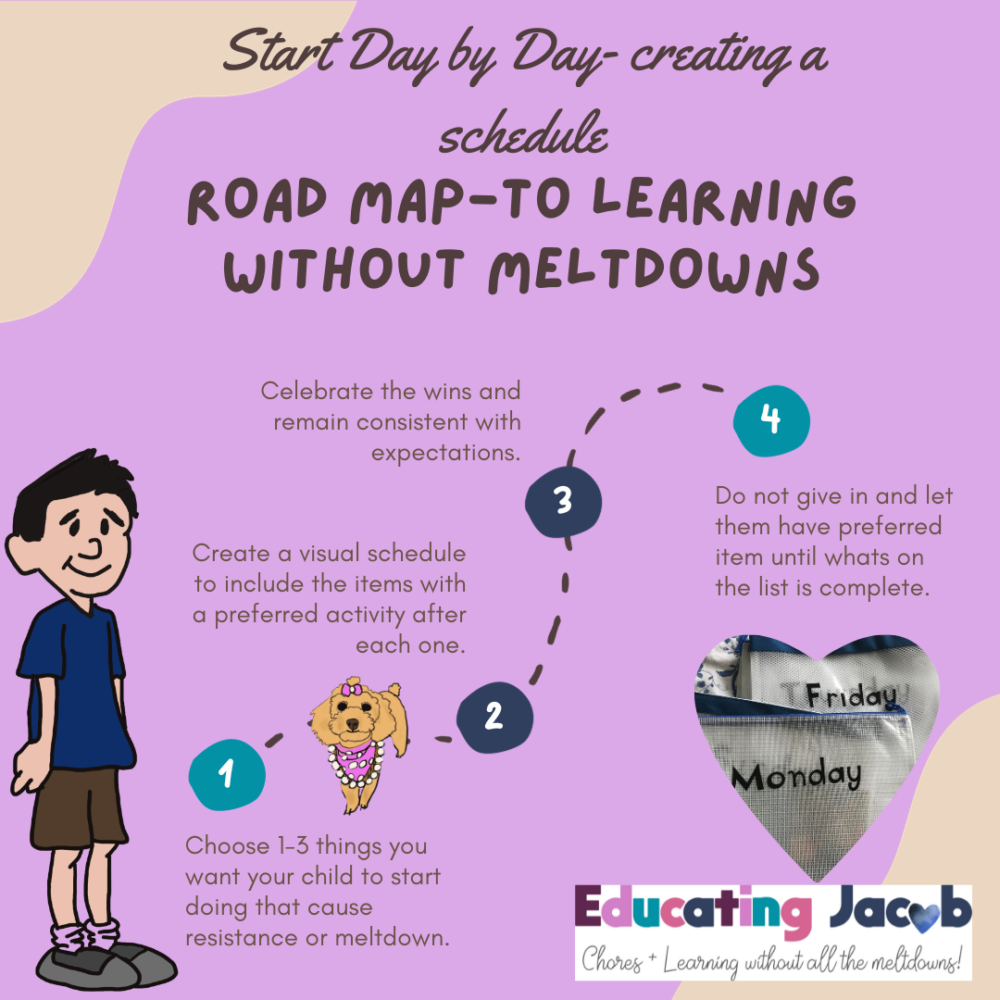
The Power of Visual Schedules: Your Parenting Cheat Code! 🛡️🗺️
I used to feel like I was blindfolded, trying to solve a puzzle with shape-shifting pieces. 🧩 Then, I discovered visual schedules, and suddenly, it was like unlocking a parenting cheat code! 🎮
Picture this: Jacob and I are now on an epic quest. His sensory challenges are our dragons, and our visual schedules are our treasure maps. 🏴☠️ And let’s not forget the rewards—stickers, high-fives, maybe even some chocolate. 🍫✨
🏡 We turned chores into quests: Jacob became the Kitchen Crusader, conquering not just household tasks, but life itself. As parents, we’re the wizards, guiding our children through the magical world of responsibilities. Let the chore-adventures begin! 🎉
📌 Why Schedules Work: ✅ Reduce meltdowns & anxiety ✅ Help with transitioning between activities ✅ Encourage independence ✅ Improve behavior management ✅ Incorporate special needs scheduling strategies to maintain stability and adaptability
Creating Effective Schedules:
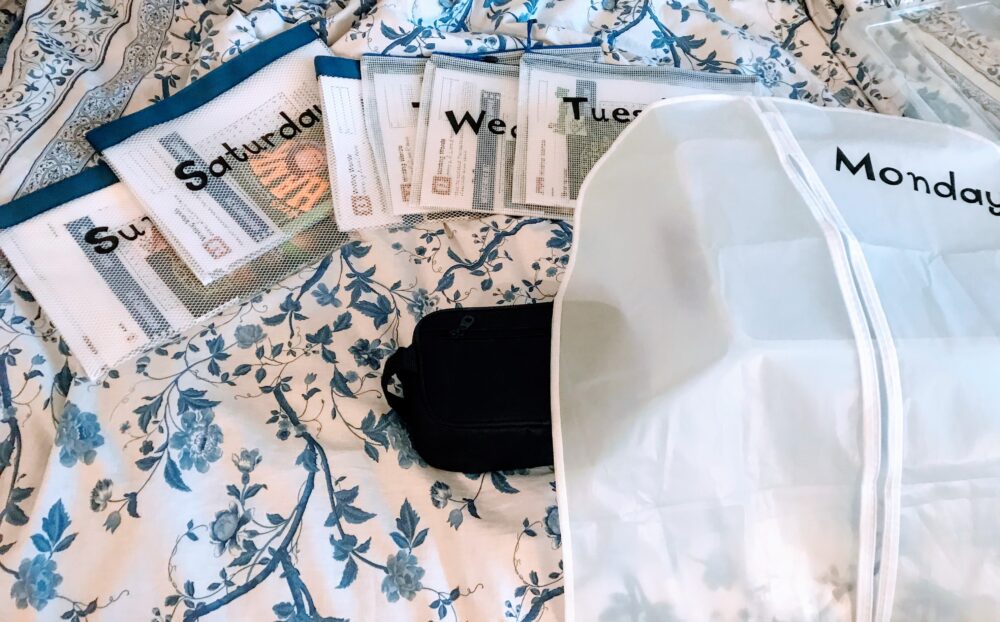
Visual schedules are like vibrant canvases that promise adventure. It’s like our daily to-do list became a treasure map. For Jacob, chores turned into thrilling quests, and sensory sensitivities were banished like villains from a fairy tale.
Unlocking the Mysteries of Zippered Bags & Clothes Schedules 🎒👕
Those zippered bags? They’re portals to another dimension! One holds schoolwork, another holds chapter books, and the garment bags? They contain Jacob’s weekly wardrobe, planned in advance—just like a knight’s armor, ready for battle. 🏰
Why Clothes Schedules Matter:
✔ Helps Jacob avoid sensory discomfort 👕 ✔ Reduces morning decision fatigue ⏳ ✔ Keeps him comfortable & confident 💪 ✔ Uses special needs scheduling strategies to streamline daily routines
A Week in Advance: Why Pre-Planning Works! 📅
Planning a week ahead is critical because without a plan, Jacob’s anxiety skyrockets. Imagine interrupting a grand quest to slay dragons—bad idea! 🐉
✨ With his visual schedule, Jacob:
- Knows what’s coming
- Feels secure in his routine
- Handles transitions with less stress
💡 Processing delays make sudden changes overwhelming—think of it like trying to decipher ancient runes on the fly. 🏺 That’s why special needs scheduling strategies are a must for keeping routines predictable and manageable.
Ready for Life’s Twists & Turns 🛤️
Life is unpredictable. But with a structured schedule, our kids become seasoned adventurers—navigating unexpected changes with confidence. 🌟
✔ Need to adjust? No problem! Adjusting a schedule is like redirecting a GPS—it’s not about stopping the journey, just finding a new route. 🔄
📌 With a strong routine in place, transitions become easier, meltdowns decrease, and peace replaces chaos.
Embracing the Future with Confidence! 🔮
With schedules as our guide, the future looks bright! When new challenges arise, our kids won’t be caught off guard. Instead, they’ll be equipped, confident, and ready to adapt. 💪✨
📌 Want to build a schedule that works for your child? 🔹 Start simple. Choose 3 core daily activities and build from there. 🔹 Use visuals. Pictures and charts make transitions smoother. 🔹 Adjust as needed. Life happens—tweak the plan when necessary!
💡 Looking for local autism-friendly events? Check out Autism Society programs near you! 🌍 📌 If you’re in North Carolina, check out upcoming events here: Autism Society of NC
You Are Not Alone! 💙
Parenting a child with autism can feel isolating, but you don’t have to do this alone. Educating Jacob is here for autism awareness, support, and community—not judgment. 💙
📢 Join the Autism Thrive Tribe! ✔ Get real-life strategies that work ✔ Find a support system that understands ✔ Learn how to reduce chaos & create peace
📌 Click here to join: Autism Thrive Tribe! ✔
🚀 Together, we’ll turn the chaos into clarity—one schedule at a time!

